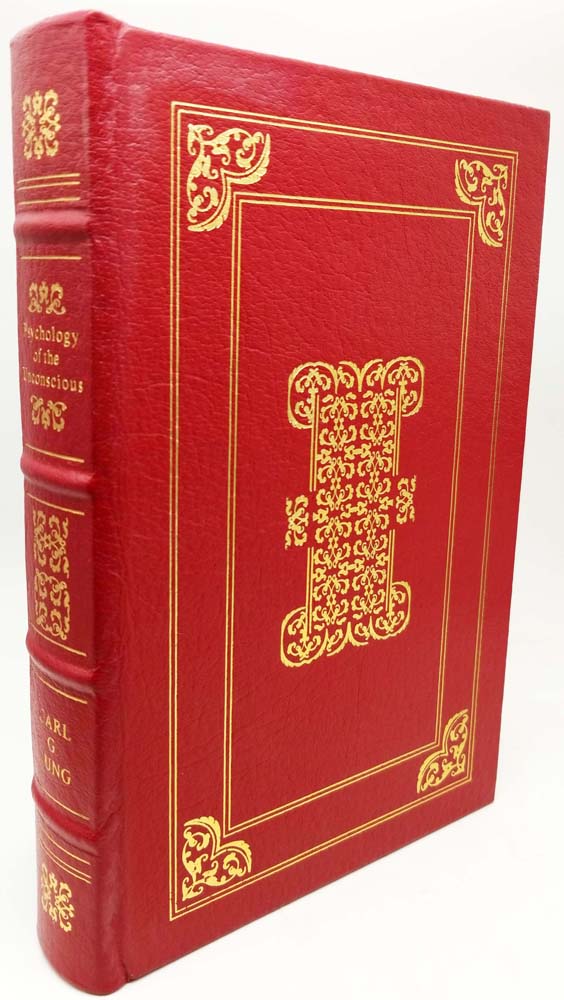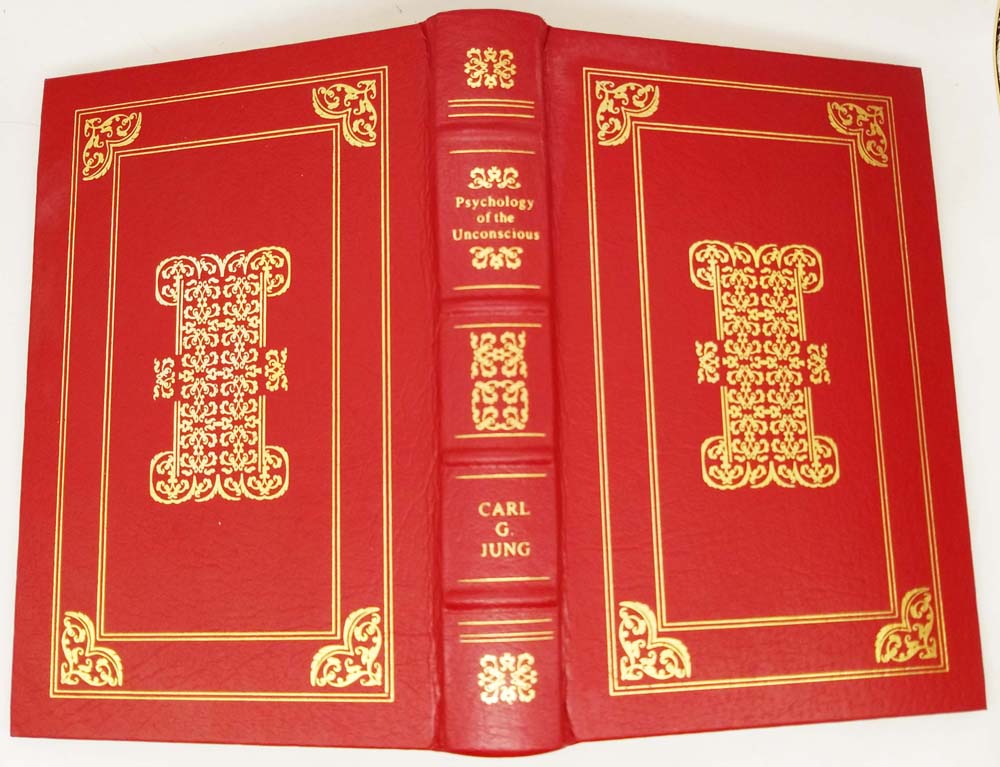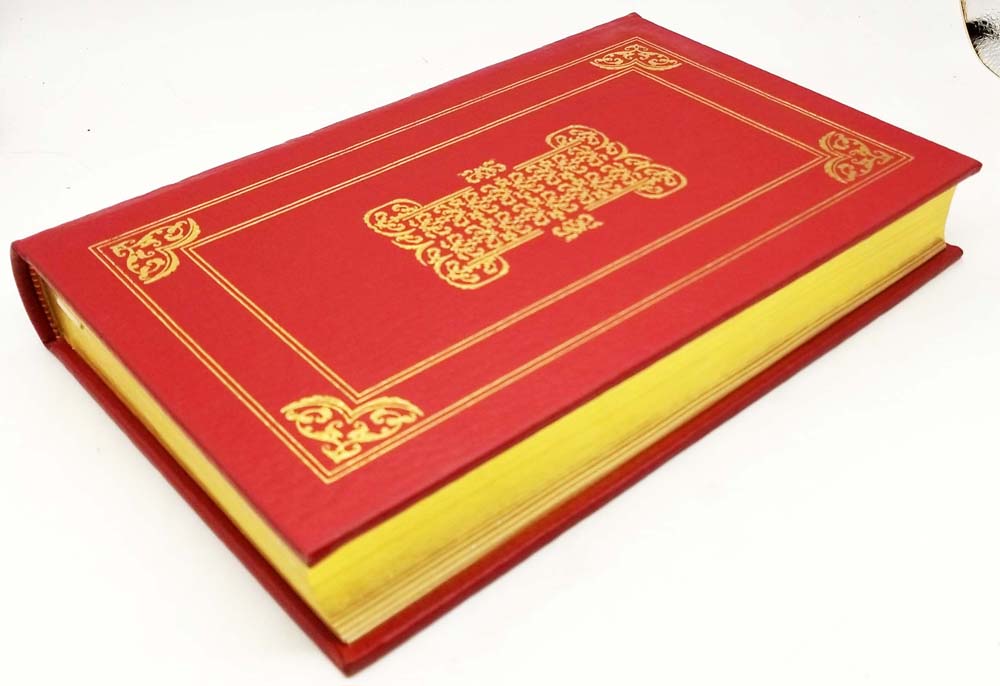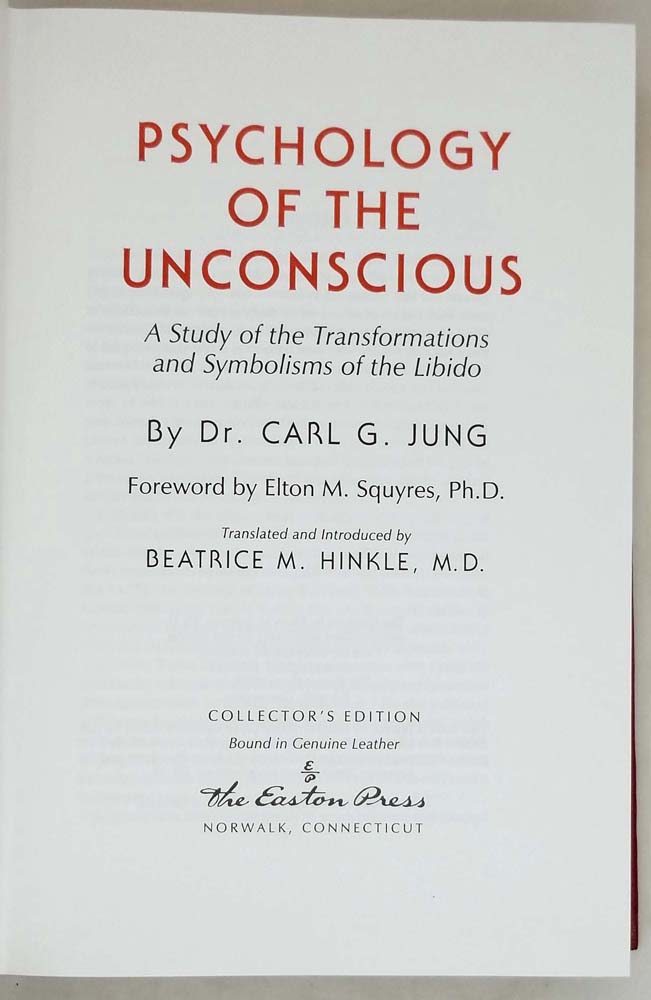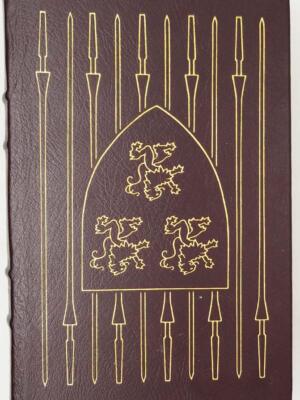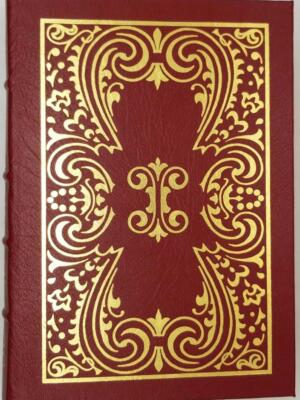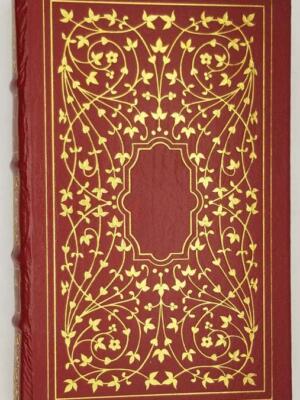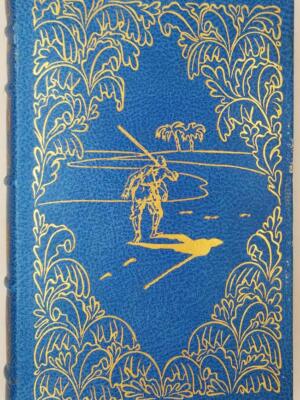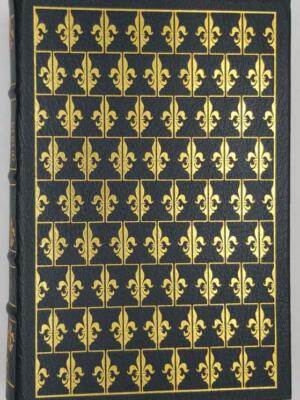Psychology of the Unconscious by Carl G. Jung, published as an elegant Easton Press edition (1995), is a seminal work that marks the dawn of analytical psychology and Jung’s divergence from Freudian theory. This luxuriously bound volume presents Jung’s groundbreaking exploration of the unconscious mind through myth, symbolism, and dream analysis—laying the foundation for concepts like the collective unconscious, archetypes, and individuation.
With Jung’s vivid interpretations of ancient myths, religious motifs, and case studies, the text delves into the primal forces shaping human psyche. The Easton Press honors this intellectual milestone with its hallmark craftsmanship: a full leather cover adorned with 22-karat gold tooling, archival paper, silk moiré endpapers, and a satin ribbon marker—transforming dense psychological inquiry into a tactile work of art.
A cornerstone for Jungian scholars and collectors of philosophical works, this edition bridges the profundity of early 20th-century psychology with the timeless beauty of fine bookmaking.
“Who looks outside, dreams; who looks inside, awakes.” — Carl G. Jung
